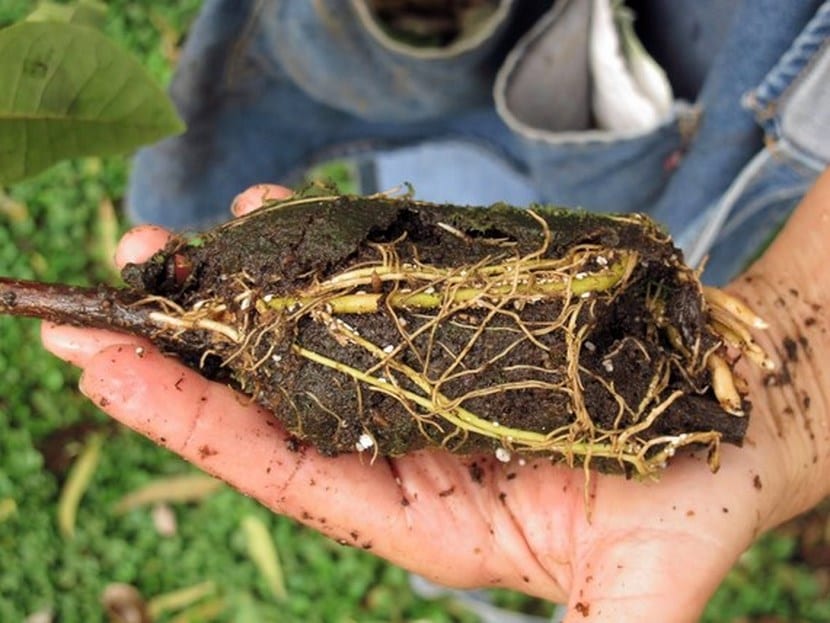
How to make garden plants multiply? There are several techniques that you can choose from and one of them is the layering, an artificial method that allows the proliferation of new plants from an initial plant, these children repeating the same physical characteristics as those of their "mother".
But to start talking about layering, it is necessary to know that there are several types of layering and that these vary both in the characteristics and the steps to follow and in the type of mother plant chosen. The single layering and multiple layering They are two widely used methods for plant propagation and quite similar, although with some differences that are worth discovering.
Simple layer
El simple layering It is a technique used in some shrubs and vines such as Honeysuckle or Bignonias. It must be done in spring and from branches between 1 and 2 years old. They should be low and flexible branches, the kind that can bend to the ground easily.
This will be vital as the next step is to make a cut on the face below the curved part. The cut should be diagonal and about 2.5 cm long. Then the cut is covered with a liquid of rooting hormones and the leaves that are in the surroundings of the area are removed but leaving leaves at the tip.

Then you have to arch the branch to the ground and bury the part that has the cut. You can help support the arched branch by using a bobby pin. The last step is to water the branch during the dry season and eliminate any weeds or weeds that may appear.
At the end of the following winter, a new branch will be born next to the mother plant that will have to be cut below the new roots.
Multiple layering
El multiple layering It is similar to the previous one but instead of burying the branch in a single point, it is buried in several points, to then obtain several new plants from a mother branch.
In this case, it will be necessary to leave a leaf and a bud in each portion of the stem in which a cut is made so that the layering can then develop better as there is more sap for the new plants.
